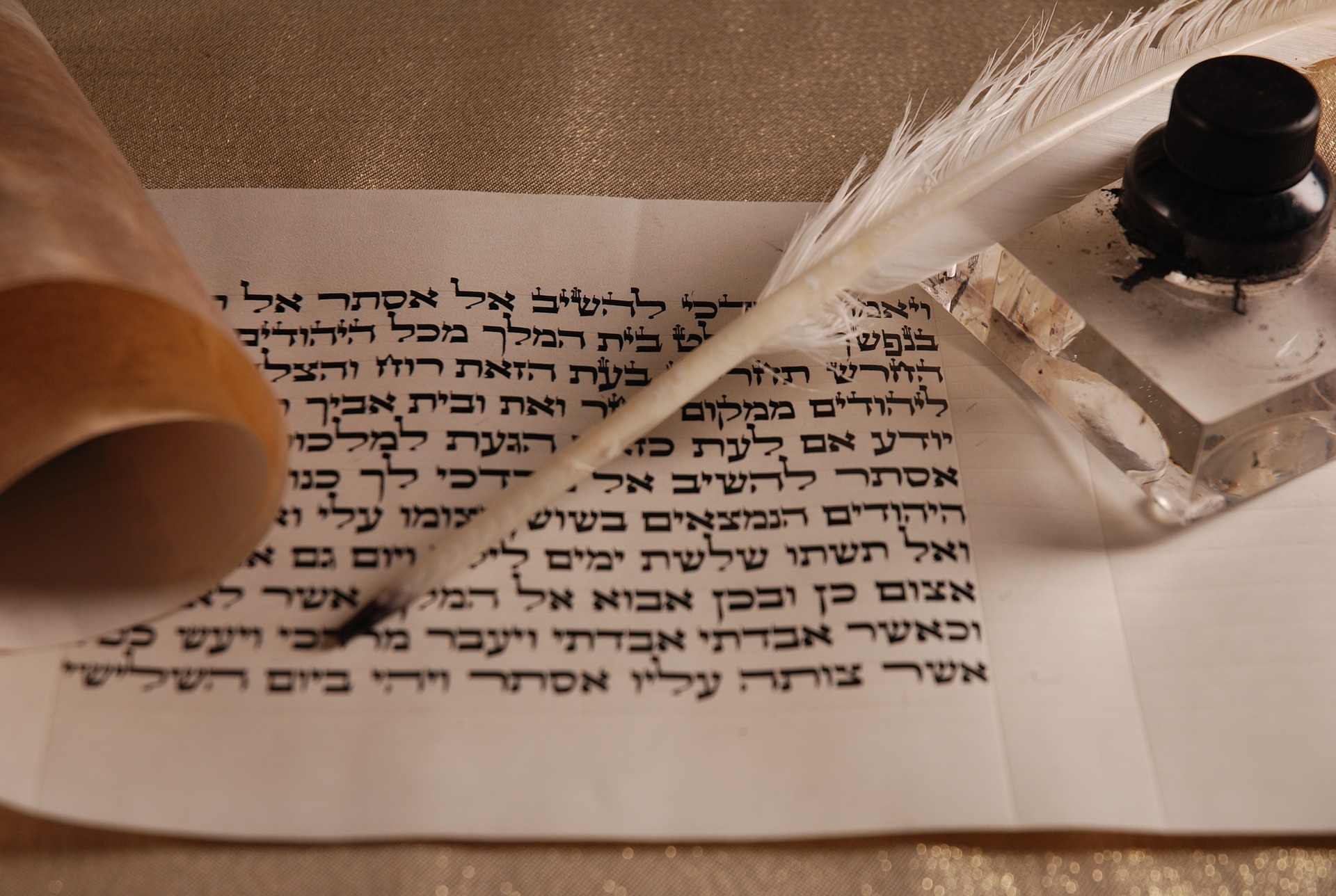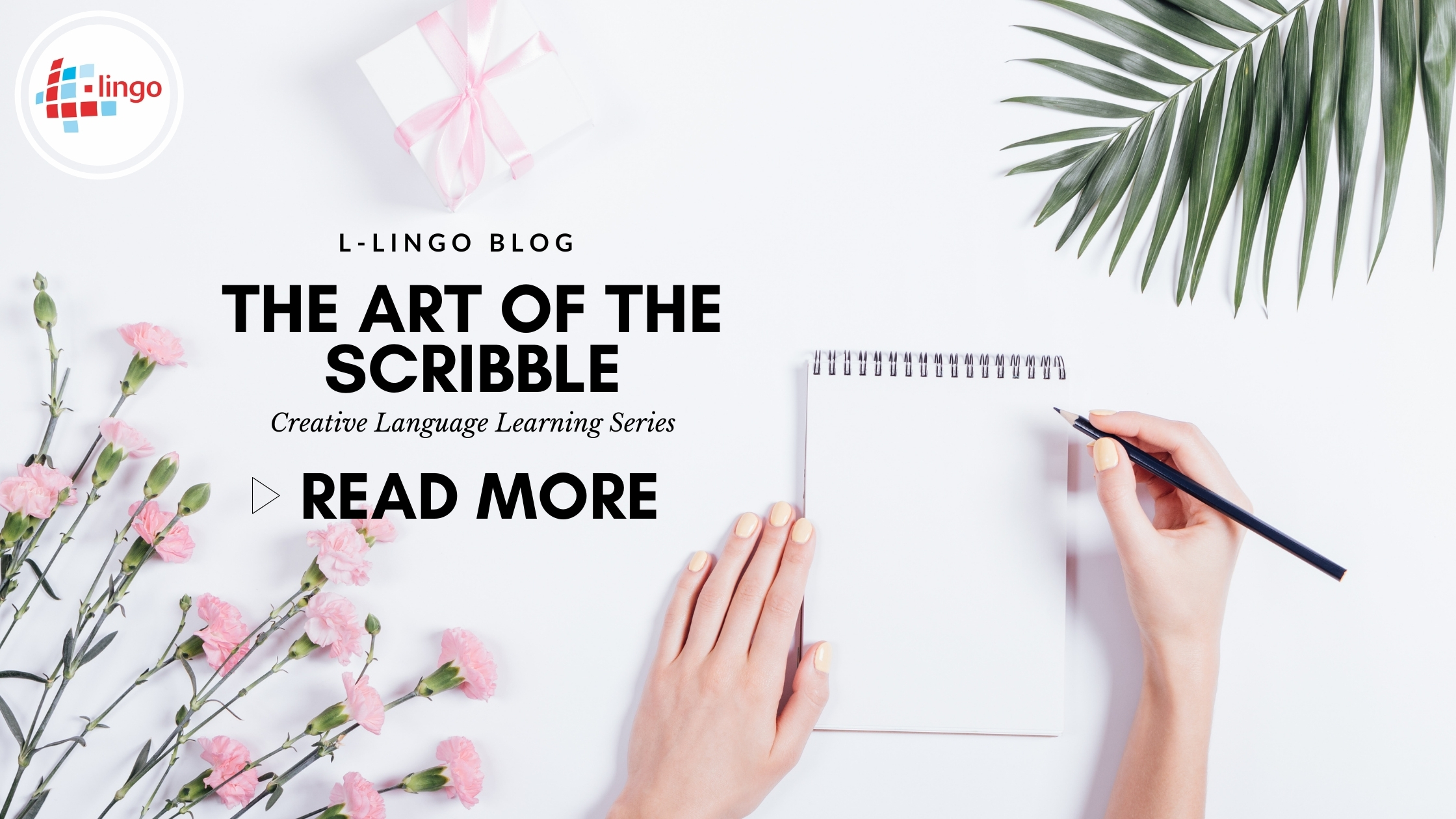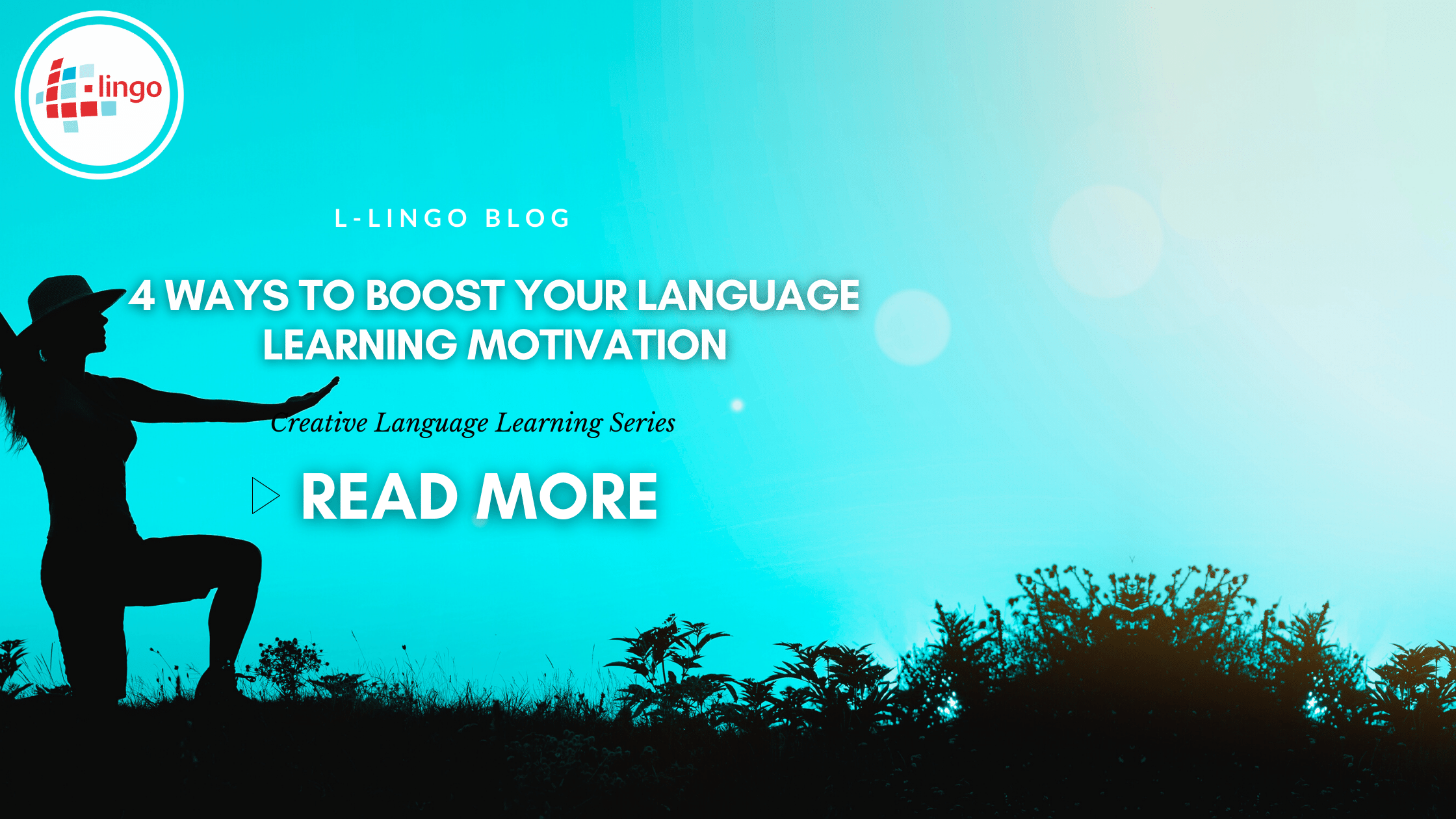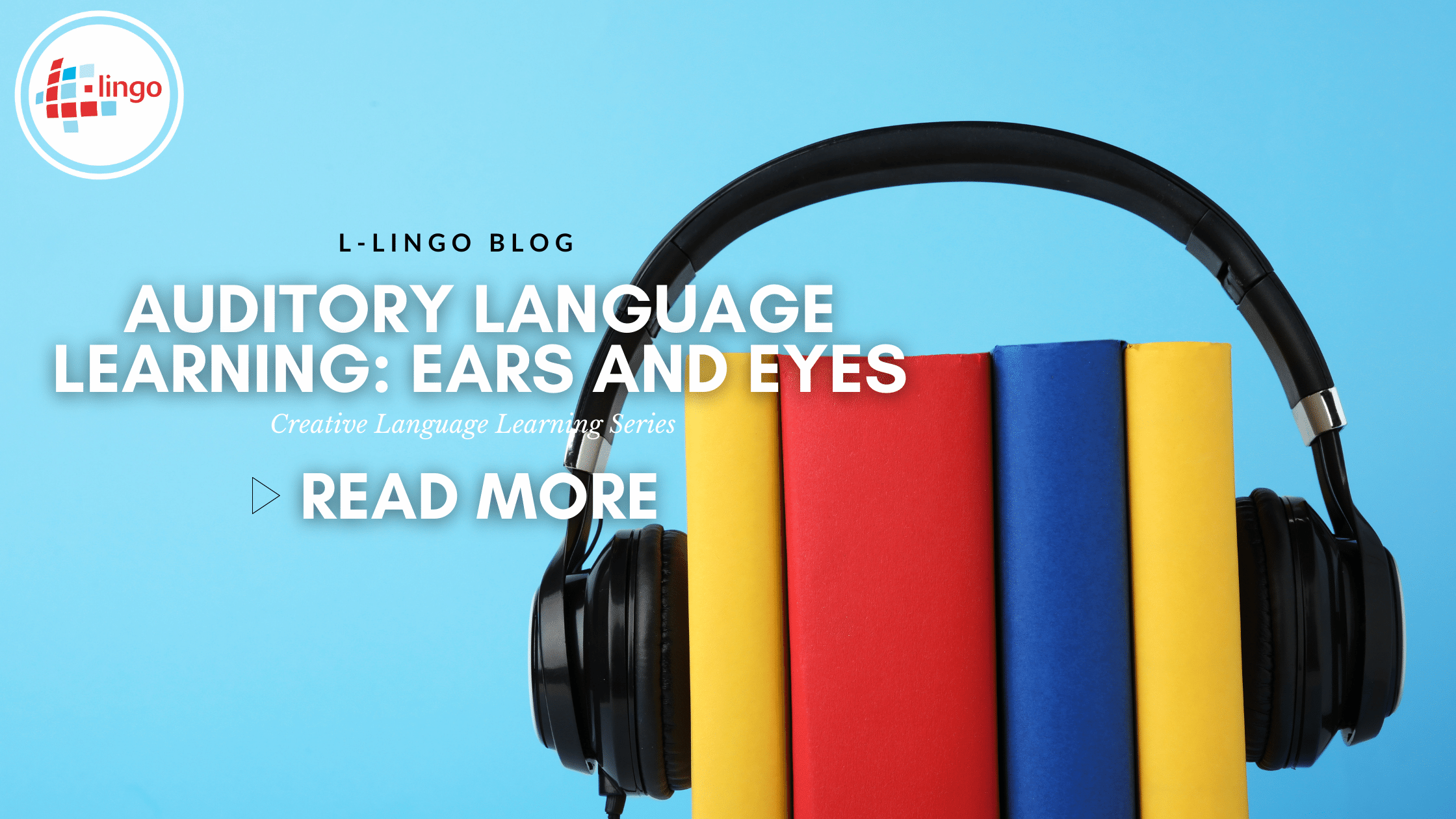Long ago on a mountain top far away, there lived a monk by the name of Kiandro. He was a master of many things, but at language, he excelled. His temple was one built entirely of scrolls [SCROLLS!!!??!!, WTF, what is that you might think – it’s just old paper guys, ok back to my story], each containing billions if not trillions of letters and sentences in different languages. He called this his Temple of Scribbles. Every day he would take ten blank scrolls and scribble on them various sentence patterns. Some of them made sense, others were simply composed of random words, and some were even essays of the natural world. He called this the Art Of The Scribble, and luckily for us, he passed on his secrets to this technique. What purpose does writing in language learning serve?
Are you ready to perfect the art of the scribble?
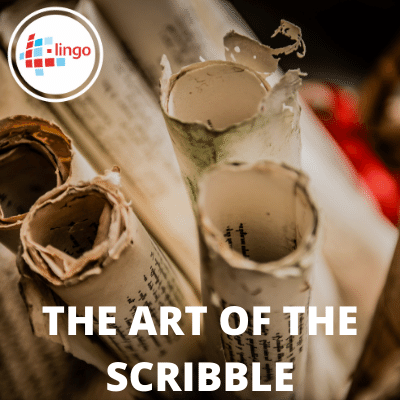
The Purpose Of The Scribble
The scribble is a technique in language learning meant to express free, unrestricted thought. It is transpired through writing and often results in a complex string of words, sentences, paragraphs, essays, etc.
If someone were to ask you to write what comes to your mind when you hear the word “childhood”. You would naturally remember your childhood years because that is what is required for you to complete the task. However, when it comes to fluently transmitting those ideas onto paper, would you be able to do so without hesitation or second guesses?
The example used above is the true purpose of the scribble; to achieve a state of unconscious fluency in writing through the use of perfect or imperfect grammar.
What Scribbling Gives You: The Benefits Of Writing In Language Learning
While scribbling is a writing language learning technique, its benefits are trifold. Trifold in the sense that it will positively benefit your speaking, reading, and writing…listening not so much.
What happens during the scribbling technique is a miracle within itself in language learning. I’ll make a little equation thingy below to show you exactly what I mean.
Unconscious Thoughts + Pen + Paper + Uninterrupted Flow Of Writing = Scribble
Scribble ∴ (therefore) = Boost in unconscious express AKA Speaking + Boost in Reading (You’re going to be reading your scribbles) + Obvious Boost in Writing
Stress Relief
Scribbling is like a mini therapy session. Do you know how disgruntled teenagers take their anger out on punching bags? Well, think of scribbling in that manner; write your frustrations away and none of them have to be grammatically correct either. Just let it all out, feel free to let out a scream or two in the process too.
Improve Writing Skills
The greatest advantage of the scribble is its haphazard approach to improving writing skills. It’s as if it is telling you “ If you want to get better at writing, just write.” Writing is the only way to improve your writing as speaking is the only way to improve your speaking. You can’t get good at something without practicing it.
It’s Resourceless (Almost)
Okay, let’s be honest. What language learner doesn’t have access to a pen and paper? This is one of the cheapest methods out there. You don’t even need a sheet of paper, to be honest. I hear people are writing on walls these days (not that I advise that anyway, but ya know go ahead, you’ll be alright.) The only thing you need is a surface to write on and something to write with, sounds easy enough right?
Practice Your Handwriting
Learning a new language is the perfect time to master some new penmanship. This especially applies to those learning a language with a non romanized script. Babies and toddlers scribble everywhere when they’re trying to make connections to written language. And sure their letters and characters look awful at first, but over time they take on a shape of their own.
Can Anybody Perfect The Scribble?
Yes, but not everybody’s scribble will be the same. The scribble is a technique whose effectiveness is based on the knowledge of the person behind the pen. A person who knows 10,000 words can easily scribble effortlessly compared to a person with knowledge of only 1,000.
Perfecting the scribble means becoming “fluent” in the field of writing.
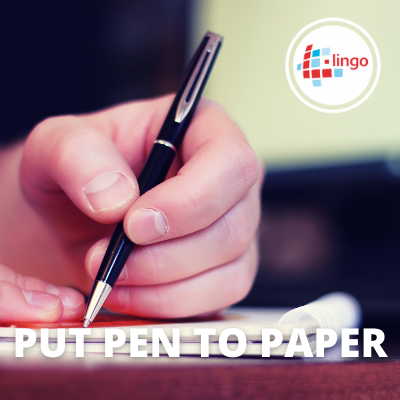
How To Do The Scribble Technique
To make it slightly easier on yourself you may want a topic to start off with. In terms of thought, you’re allowed to be free when transmitting things onto the paper, but that doesn’t mean that you can’t have something to base that information.
Choose a topic it can be anything: Childhood, Marriage, School, Work, Astronomy, Math, The Humanities, Social Sciences, Religion, Evolution, Theology.
Here’s some more help as to how to get into a continuous cycle of thinking:
What’s the first thing that comes to mind when you think of these words: tomato, plants, water, energy, cars, history books, college classes, bread, technology, dictionaries? Whichever word you choose, begin to expand on it as broad as possible.
For example, I pick a tomato. A tomato is red, it grows in a vineyard, people think it’s a vegetable but it’s actually a fruit, it’s sweet, not sour, but if it is ripe enough it can be sour, it’s used in sauces and garnishes, people buy them in supermarkets or in farmer markets. Every tomato has seeds, and the seeds are in the tomato, some are big others are small, but they all kind of taste the same… etc.
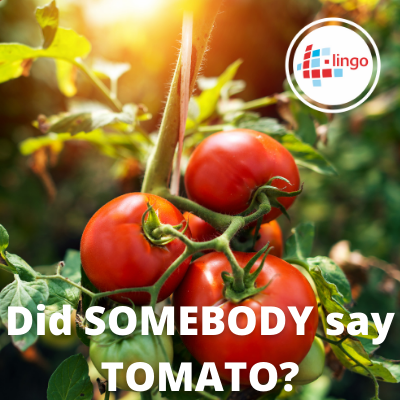
That’s a scribble. Depending on how you choose to expand from your base word, phrase, sentence, etc, your scribble will vary.
It doesn’t have to be composed of complete sentences or actual facts, it just has to flow. We’re aiming for a stream of continuous, uninterrupted thought, remember that.
Write Like The Wind
The more you know about the topic the better. I’m no expert on evolution but I do have an opinion as to how the whole thing started. Even if I don’t wish to express that viewpoint with other people I’m willing to see the whole thing in writing to get my point across.
Keep writing, keep writing, keep writing, Keep writing, keep writing, keep writing keep writing, keep writing, keep writing, keep writing, keep writing keep writing, keep writing, keep writing keep writing, keep writing, keep writing.

It is not your job to think while scribbling, it is your job to express what is already there by writing. Think of a native speaker, native speakers don’t think of every single word they’re going to produce. Instead, they have a topic already going for them and they use that as a basis for the conversation. If you think of it in this manner, scribbling is merely fluency through writing.
This fluency comes at a price however, at first you’re scribbling will be bad, and I mean really bad. We’re used to overthinking in our second language because we want to make sure everything makes sense. But when scribbling we don’t necessarily have the time to make sure that everything makes sense. So as a hindrance, our grammar, sentences, vocabulary, etc, will suffer. Nevertheless, as we get to become more efficient in the art then everything straightens itself out and while everything still won’t be 100% it will be much more clear compared to when we first started
Mix it up,
The Scribble Technique is messy. Your pages won’t look like an organized study book, things will be flying all over the place. It’s as if you’re speed coloring a picture in a storybook and you go in and out of the lines 100 times. Having said that it doesn’t have to be, but having multiple language patterns on each page will help. Sometimes you just can’t connect vocabulary words and grammar to make a sentence, to bypass this problem just write vocabulary words you come across somewhere else and when a natural flowing sentence hits you, write it somewhere that “fits”.
Side Note: Our thoughts aren’t naturally coherent, so when expressing your unconscious thoughts, coherency shouldn’t even be part of the picture. Throw it out the window. Write literally whatever comes to mind.
Include your opinion on the subject
Your opinion matters when doing the scribble technique. The Art Of The Scribble’s greatest power is that it allows an individual to express their opinion on paper without being judged for it. Including your opinion on a topic when scribbling also helps to create strong bonds between vocabulary, grammar, and sentence structures.
Can’t Quite Scribble Yet?
That’s okay, scribbling is like blabbering but in its written form. Writing can be difficult to become proficient in because it’s not something that we really emphasize in language learning. Everyone is doing SRS flashcards and online fill in the blanks. Pen and paper are relics of the past, even though the combo is superior to that of keyboard and mouse (that’s a topic for later though).
Scribbling is not a precise art, so there is room for messing up. In fact in the process of scribbling, you’re supposed to mess up. Writing notes at that speed, without conscious thinking at a level anything other than fluent will result in an imperfection. Even natives will write at a rapid pace without thinking and only manage to get a 99.9% accuracy.
Just keep working at it. The Art Of The Scribble is a form of rare, unmastered form of fluency (if that even makes sense). It was created to put your knowledge to the test, express yourself in your target language and create a never-ending flow of natural language. Writing in language learning can seem boring and repetitive but like with everything, perfect practice makes perfect.
Want to find out about our meditation exercises to access the Scribble’s full creative potential? Then check out our worksheet below where we’ll give you a quick course on paying attention to your thoughts.Worksheet
The Art Of The Scribble Worksheet
